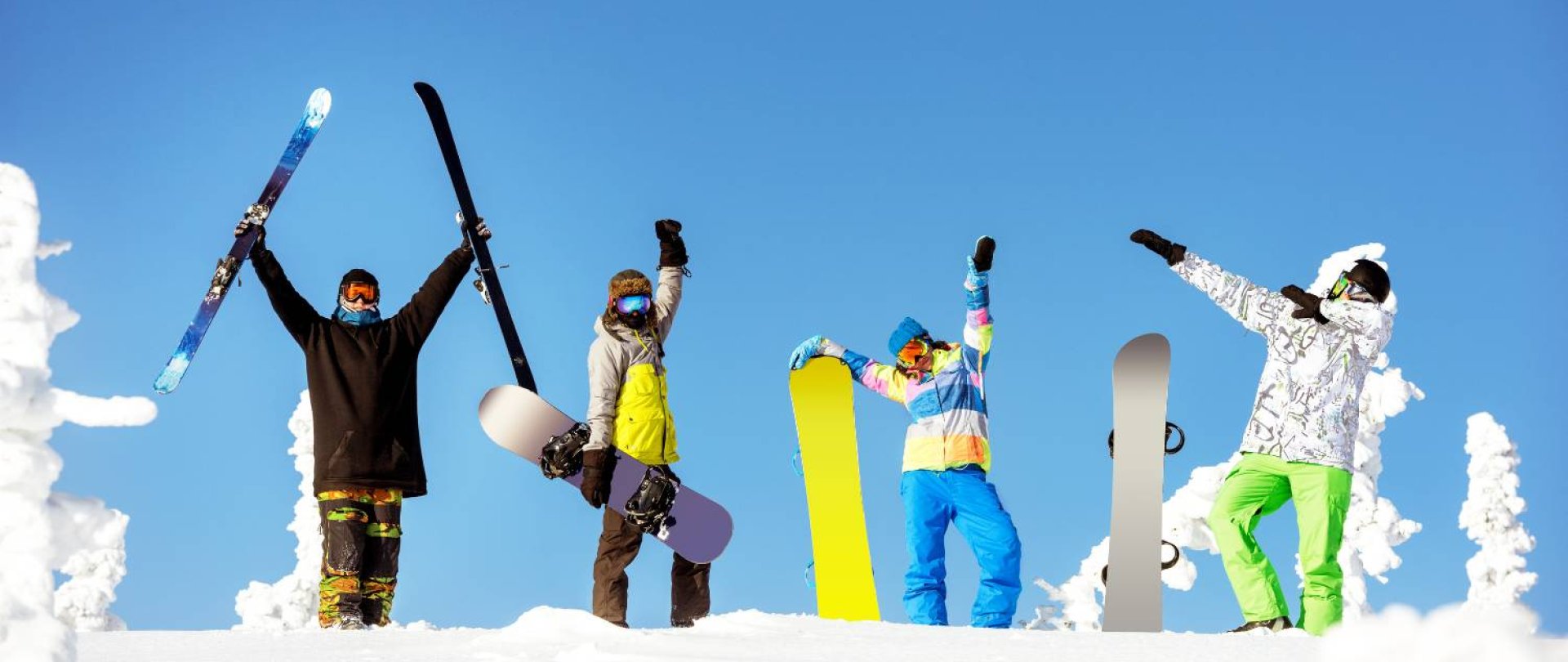Skiing is a sport for everyone, including those who ski occasionally during winter vacations or short weekend trips to the slopes. However, it's important for everyone to prepare for the ski season in advance.
Skiing is a fantastic form of outdoor activity in the mountains, providing fun for people of all ages and skill levels. Nevertheless, amateur skiing requires certain skills, fitness, and common sense to enjoy a satisfying ride. Before hitting the slopes, it's essential to loosen up, prepare your gear, and refresh your safety knowledge to avoid any winter-related mishaps.
Wisła and the Winter Ski Season
Wisła is a town designed for skiing enthusiasts. Its beautiful surroundings, various difficulty levels of slopes, chairlifts, T-bar lifts, and a plethora of additional attractions attract tourists like a magnet. People with different skills and athletic imaginations gather in one place. However, the weather and the dynamics of this sport can lead to unforeseen situations. To avoid unpleasant surprises, take care of your body, equipment, and "mind" before hitting the slopes.
How to Prepare for the Ski Season?
Absolutely do not head for the slopes after months spent on the couch or at your desk. There's a significant risk of injury on the very first day. Your body needs to be prepared for specific skiing movements. You should focus on your physical fitness to ensure good health during your mountain stay. General conditioning and endurance exercises should start a few weeks before your trip. Remember to choose workouts that match your level and abilities. Skiing primarily works your leg muscles, so strengthen your thigh, calf, and buttock muscles. Even simple exercises like squats, lunges, and calf raises will increase your muscle strength. Before starting your training, it's best to consult with a coach, and if that's not an option, you can find many valuable videos online.
Preparing for the Season in Terms of Clothing and Equipment
For amateurs, the right equipment and clothing are key elements of a successful skiing trip. Renting skis and poles is a good option if you're unsure whether you'll continue this new passion. Rental shops offer well-prepared skis, but boots can vary. If possible, it's better to bring your own boots. Well-fitting boots and bindings greatly influence the comfort of your ride, which is crucial for beginners or occasional skiers.
Now that you have your equipment, what about clothing? It must protect you from the cold and wind. It's better to invest in clothing from reputable brands to ensure they don't get soaked and have the right membranes to allow your body to breathe.
A complete ski outfit includes:
- Ski socks
- Thermal underwear
- Breathable ski sweater
- Ski jacket
- Ski pants
- Gloves
- Neck gaiter (not a scarf)
Ski Safety Rules
Before hitting the slopes, familiarize yourself with safety rules such as right of way, maintaining a safe distance from other skiers, and exercising caution on more challenging slopes. Be prepared for changing weather and lighting conditions. Rain, snow, fog, and fluctuating visibility can affect your ride. With the right knowledge, you can minimize the risk of accidents or injuries. Also, choose clothing in bright colors and remember to use reflective materials to be more visible, especially in challenging weather conditions. If an accident occurs, and someone is injured, call for help immediately (a mobile phone is a must) and mark the accident location to help rescue services find you quickly.
Planning Ski Routes
Why is it essential to plan your routes carefully before heading to the slopes? It will help you avoid getting lost and falling into traps that can have serious consequences. By choosing routes suitable for your skill level, you can minimize the risk of unforeseen situations. You can enjoy a carefree ride without worrying about a more experienced and faster skier coming your way. Efficiently used time brings much more joy than dealing with steep slopes and sharp turns.
Small Ski Accessories
With your body strengthened through exercises, basic equipment ready, and routes planned, it's time to prepare the accessories you'll need on the slopes. The selection of these items depends on your individual needs and the mountain conditions. If you take care of the right accessories, you can ensure maximum comfort.
What can you pack in your suitcase? Sunglasses, a good sunscreen with UV protection, and protective lip balm. Of course, it's best to ski in goggles, but sometimes it gets hot, and the snow reflects a lot of sunlight. Higher temperatures can cause localized melting, so a boot dryer can be useful. It can also help dry wet gloves. Therefore, it's a good idea to find accommodation or a hotel room that offers a ski room with a professional dryer.
And one last piece of advice: don't forget to bring a good mood and a positive attitude so you can enjoy every moment on the slopes and turn any difficulties into valuable experiences. Don't try to be like Adam Małysz or Justyna Kowalczyk.
If you have any specific questions or need further information, feel free to ask!



